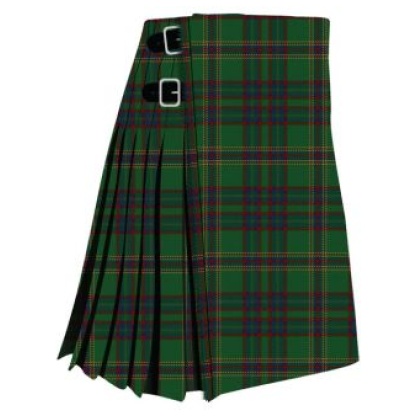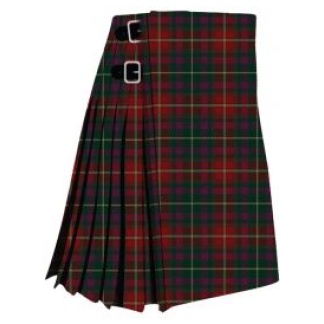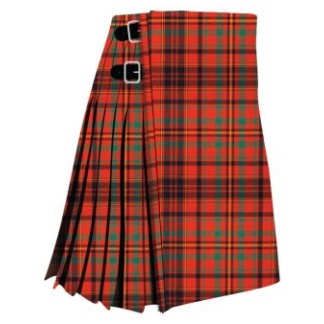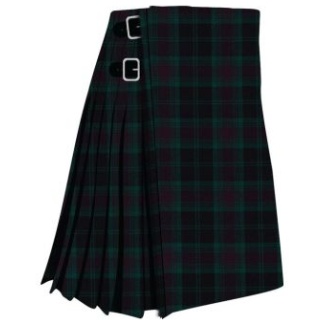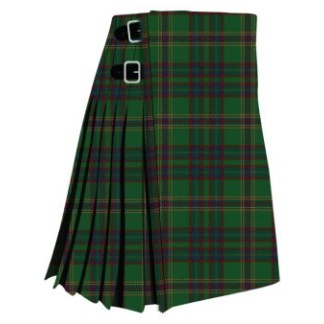County Westmeath Tartan Kilt
$69.00
The County Westmeath Tartan Kilt is not a traditional or historical tartan with deep Scottish roots. Instead, it’s a modern tartan created for a specific purpose or occasion and is often associated with the County Westmeath region in Ireland. It does not have the same historical significance or recognition as many Scottish tartans, which often have centuries-old origins and are tied to clans, families, or regions in Scotland.
Tartans, as we commonly think of them, are primarily associated with Scotland and Scottish culture. While tartan-like patterns and textiles have been used in various parts of the world for centuries, the modern concept of tartan, with specific patterns representing clans and regions, is a Scottish tradition.
In the case of the County Westmeath Tartan Kilt, it was likely designed as a commemorative or promotional item for County Westmeath, celebrating the region’s heritage and identity. This tartan would have been created in more recent times to honor the county and its cultural connections to the broader Celtic heritage.
Creating tartans for various regions, counties, or organizations outside of Scotland has become a popular practice in recent years as a way to celebrate local cultural identity and heritage. These non-traditional tartans may not have deep historical roots but are often embraced as symbols of local pride and identity.
